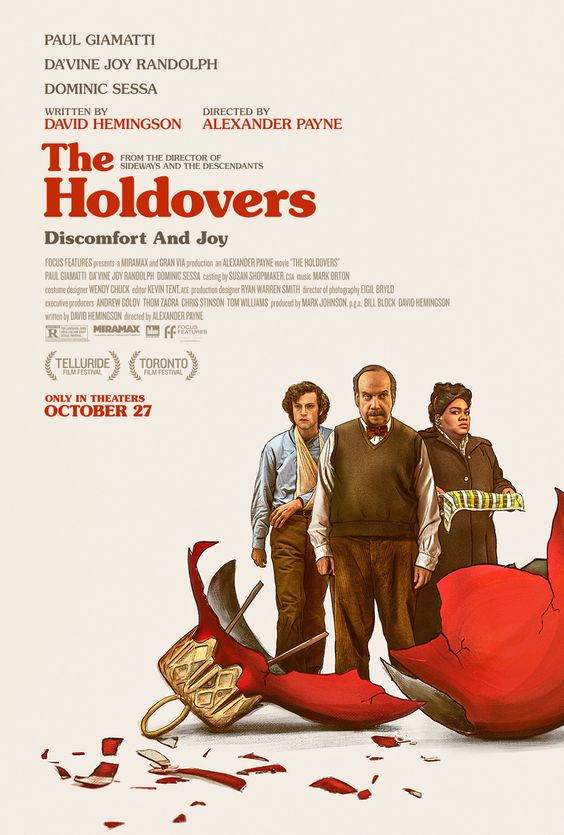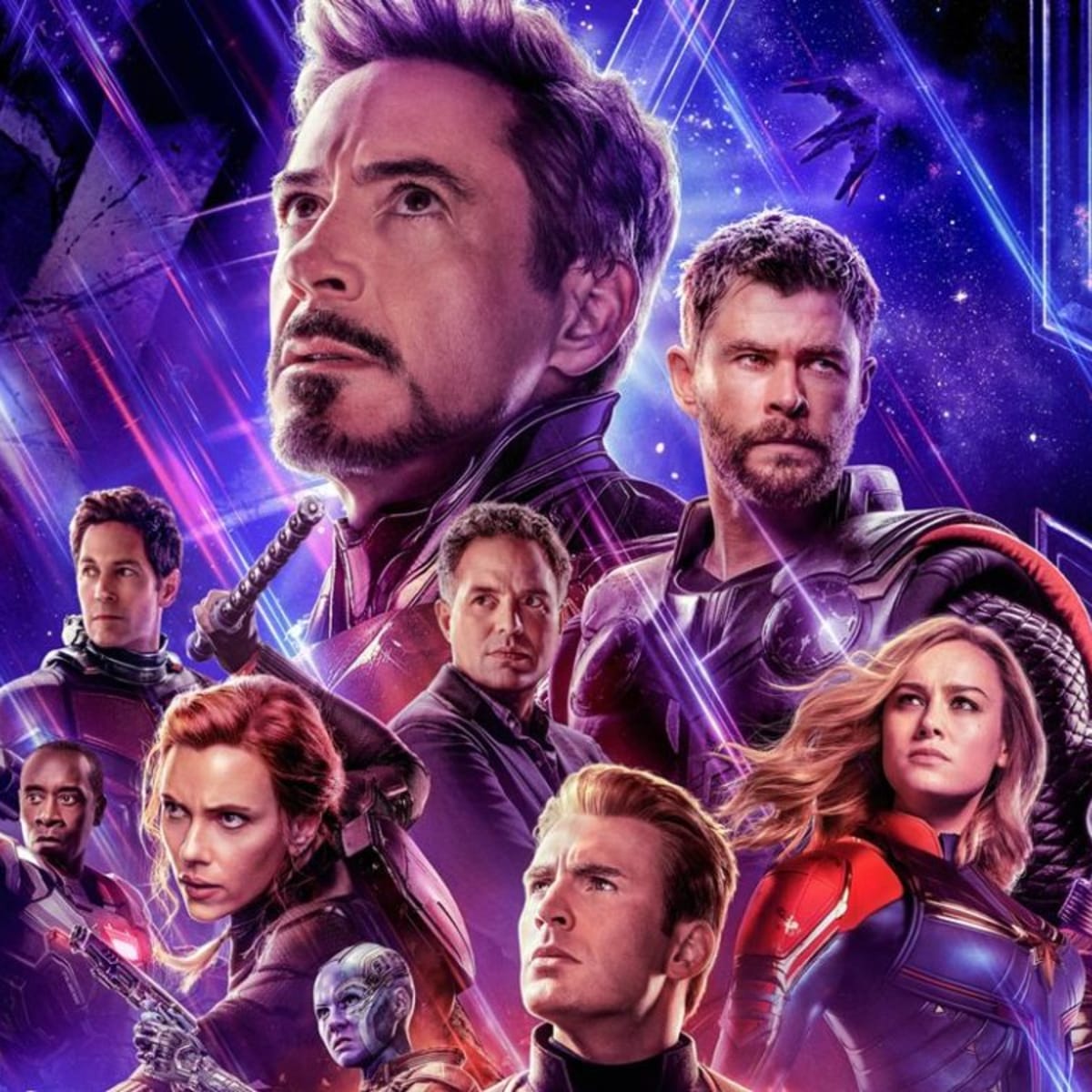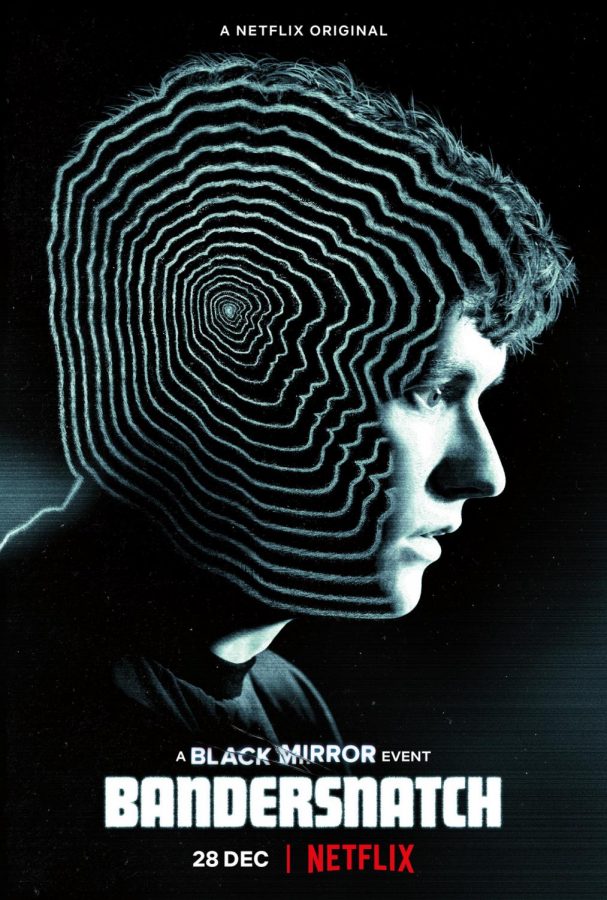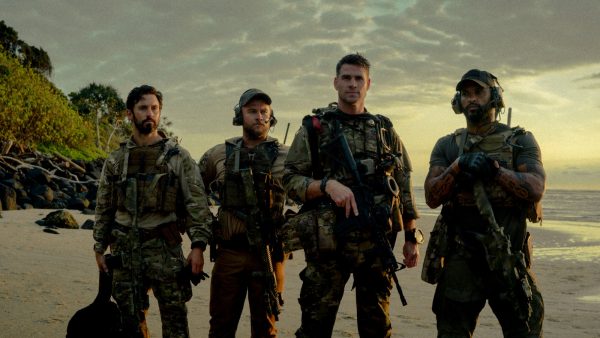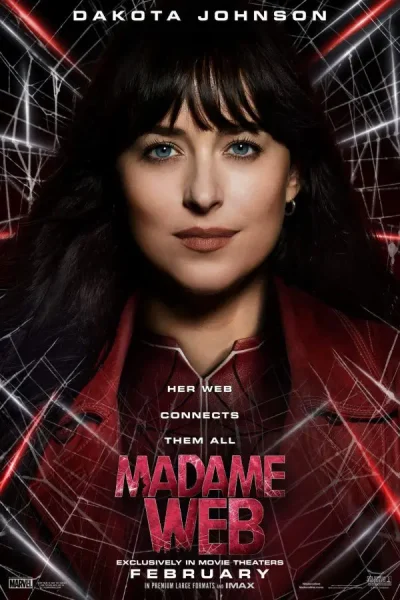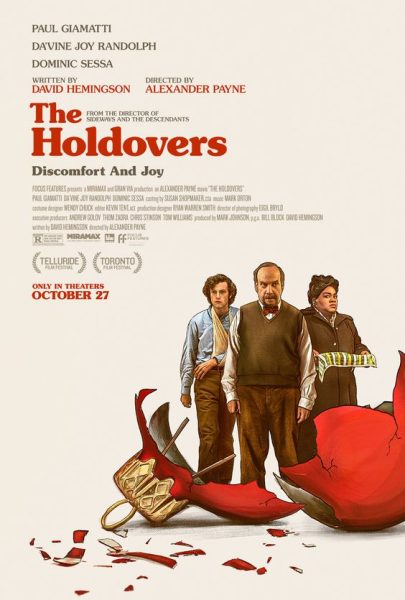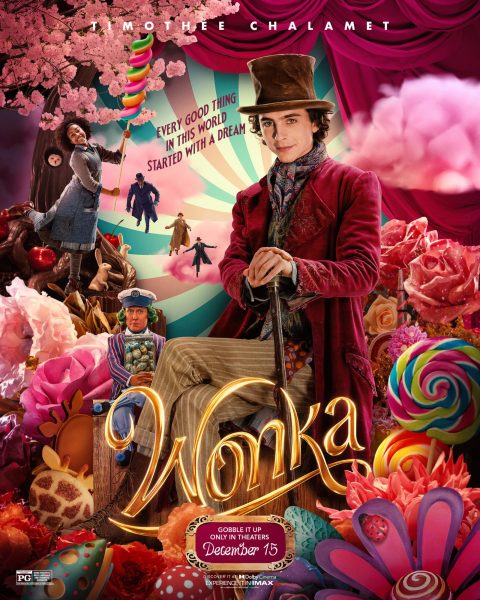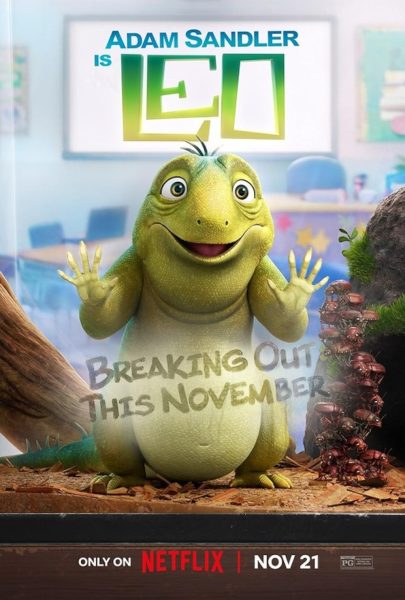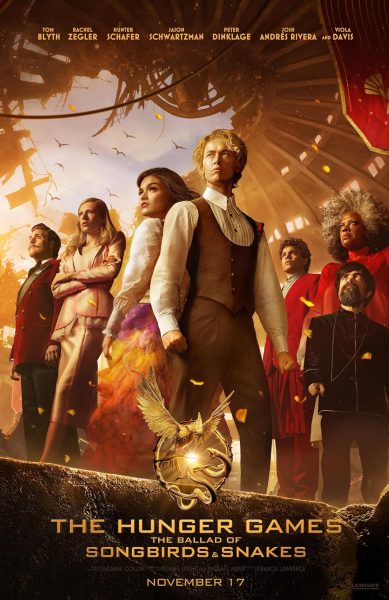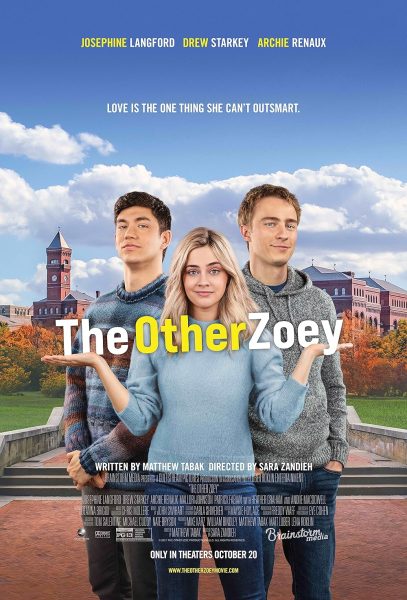Black Mirror outdoes itself with the groundbreaking mastery of Black Mirror: Bandersnatch

More stories from Reena Mathews
Placated by the sweetly simple thought that I had seen the limit of Black Mirror’s groundbreaking capacity, I was patiently waiting for a fifth season.
The British show first found popularity for its simultaneously disturbing, thought-provoking, and captivating commentaries on the darkest depths of human nature and society, often told through the lenses of technology and humanity gone wild.
Each episode is autonomous, thus adopting unique characters, settings, plots, and dark, dystopian ideas.
While season four was lackluster, I still have been awaiting another installment to the series, as I’ve been an avid fan since the second season—even after “Be Right Back” inexplicably traumatized me out of watching the show for an entire year.
As such, one can imagine my delighted surprise when a casual scroll through Instagram alerted me of the sudden release of Black Mirror: Bandersnatch. I saw a mere speckling of the peculiar word, “Bandersnatch,” on my feed, and a quick Google search informed me of its connection to Black Mirror.
My excitement was somehow multiplied when the Google results revealed the shimmering gimmick of Bandersnatch; this was no ordinary episode. In fact, it’s not even an episode—Bandersnatch, as it turns out, is an “interactive film.”
In an effort to push the boundaries of technology and storytelling, as well as provide more emotional investment for the audience, Black Mirror concocted a film modeled after “Choose Your Own Adventure” books—and I’d say they were victorious on both fronts. Viewers are presented with choices every few minutes that dictate main character Stefan’s (Fionn Whitehead) actions and the subsequent course of the plotline.
The Netflix film follows a very troubled Stefan as he obsesses over the creation of a “Choose Your Own Adventure” video game, modeled after his favorite novel of the same style, and continues to struggle with the death of his mother and consequential mental health issues.
The variety of decisions audiences are faced with range from selecting Stefan’s breakfast to more imperative and dire choices. This facet gives viewers the illusion of utter control. However, though some choices do drastically shift the film’s course, there are a finite number of scenes; the unconventional film style unleashes a unique sense of sheer power on the audience, but in reality, there is only so much control, which is revealed to the viewer as the film nudges the plot onto the intended course despite their choices.
The idea of powerlessness is one of the main concepts of the film and something Stefan continually grapples with. And as he realizes his control is but a mere illusion, so does the audience, making the interactive tool a brilliant and effective installment for the storyline and a subtle splinter in the fourth wall.
As such, I very much appreciated the ingenuity of that shared journey. Beyond that, I was astounded with the technology itself of the interactive facet. Before beginning the film, I thought a bit of buffering or glitching was inevitable after choices were selected. But in fact, after each choice, the movie seamlessly accepted and adopted the selection, transitioning into the corresponding scene without flaw.
Moreover, the film has a “memory” of every choice that is made, never stuttering in remaining consistent with every decision, right down to the music one picks for Stefan. I couldn’t stop marveling at the technology for the first few minutes until the enthralling plot tugged me out of my trance and plunged me into the intrigue of the movie.
That plot is difficult to describe without spoiling, but Stefan certainly undergoes a downward spiral that is enrapturing on its own, but it was only all the more gratifying because I had a say in it. Never have I consumed entertainment that has explored these ideas in this manner, and the descent into such rarity was electrifying.
And all the components that culminated to make it were incredible. Whitehead, for one, did a fantastic job portraying Stefan in all his awkward and anguished glory, fully embodying all the nuances and subtleties of such a character.
Additionally, I really liked the cinematography. Set in the 80s, the film accordingly incorporated bright, cheery colors and upbeat, lively music, starkly clashing with Stefan’s rather dark story for a bit of a jarring but inventive juxtaposition of tones.
Clearly, I only have good things to say about Bandersnatch, even after spending over two hours with it. Maybe that’s because this genre is right up my alley, or because the interactivity was right up my alley, but either way, you certainly have to have patience (and time) to get through Bandersnatch. Your choices send you on a twisting spiral into the plotline; some choices lead to an ending sooner than others.
These endings are most often “soft endings,” in which an “exit to credits” button appears; failing to click that button loops you right back into the story. There are also “hard endings,” which provide no choice to exit into the credits and are— as one would expect from the name— a definitive close to the film. Thus, if you are determined to reach a “hard ending,” it could take a bit longer.
But I, obviously, didn’t object to the time commitment. I was floored with everything Bandersnatch had to offer— the unique format, the plot, the ideas presented, the acting, and more. After a riveting two hours, I was left reeling with the gripping themes and my utter awe of the mastery of the film and its execution.
A whole lot of time and effort was undoubtedly put into creating Bandersnatch, probably delaying the fifth season of Black Mirror I’ve been so anticipating. But considering the brilliance of Bandersnatch, I don’t think I even mind.

Reena Mathews is now entering her third year on The Central Trend and second year as Editor in Chief. She has always loved to read and write and is...



































